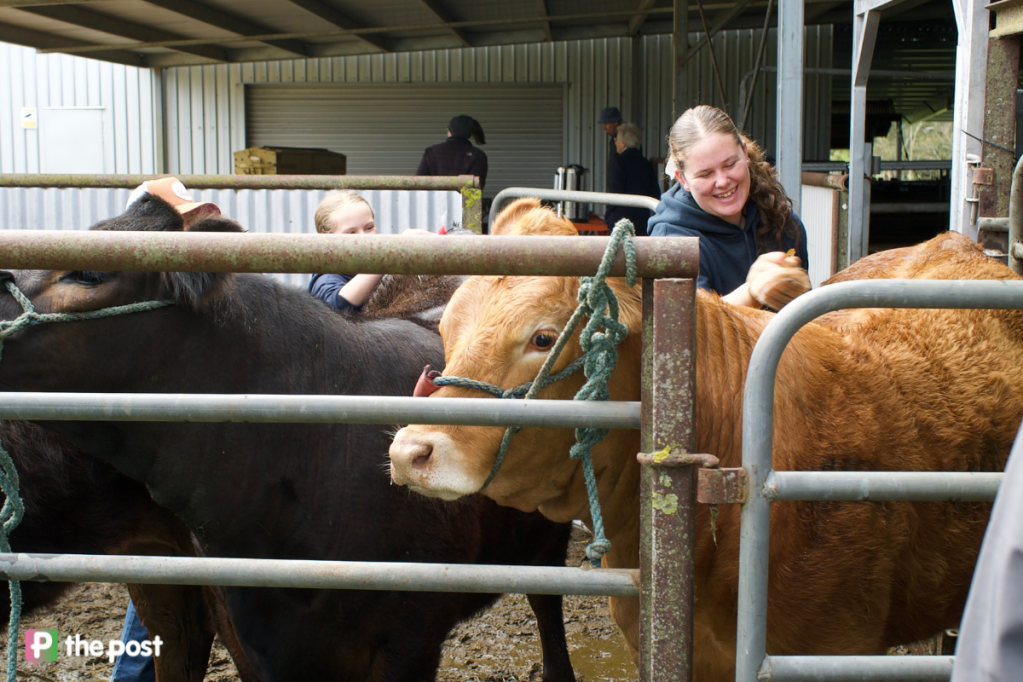The pitfalls of lazy recruiting when growing a business
In the second of a three-part series on achieving intentional growth in challenging times, Dr Jana Matthews, ANZ Chair in Business Growth and Director of the Australian Centre for Business Growth at UniSA, speaks to Scott Way at BDO about how people and culture support growth.

Way, who is Director, BDO Industrial & Organisational Psychology, says that intentionally building an organisation, rather than accidental or serendipitous growth, takes discipline and – you guessed it – a plan.
“This can be a bit of a change of mindset for the founder or owner operator,” Way says.
“It requires the discipline to sit down at a desk or a kitchen table and think about, ‘well, what am I trying to do here? How am I trying to grow?’
“Plans for both people and culture are absolutely essential – they don’t need to be sophisticated, but they do need to exist.
“Concerted effort under each of these two streams will intentionally fuel, foster and support your growth.”
You might like
Way says if you imagine your overarching strategic plan as a house or other physical structure, then one of the supporting pillars will be a plan for your people and culture.
In establishing these plans, Way says you should answer the following questions:
- How many people do you intend to recruit and what are the type of people that you would hope to recruit?
- What are the non-negotiable characteristics you’re looking for?
- Who do you want to surround yourself with? People like you or different from you?
- What skills will you need in the business as it grows? Do you have those skills, or will you need to bring in people with different skill sets?
- What is your “employee value proposition” or your brand as an employer?
- What are you offering potential applicants and why should they come and work for you?
“This is not overly difficult, but it does take an investment of concentration and time,” Way says.
Stay informed, daily
“The more you can invest in this, the better.”
He also recommends including your existing team members in this process because they may have ideas or raise issues you might not consider otherwise and it will also keep them invested in your future goals.
Avoid lazy recruitment
“Lazy recruitment” is putting a “staff wanted” sign in the window, Ways says.
If staff are your most important resource, your efforts to recruit them should reflect this, says Way.
A better plan is to think about a multi-method approach of attracting people.
“While this might include an ad in the paper or a sign in the window and some social marketing, you also need to activate your networks,” Way says.
“Adelaide is a very networked city, more so than Melbourne, more so certainly than Sydney. So, have you activated the network and let people know that you’re in the market for good people?”
Way says that, of course, while you’re paying attention to recruitment make sure that you’re not forgetting existing staff so you’re not getting that “leakage” of people.
He says a good way to ensure this does not happen is by creating a culture where trust thrives.
His insights for building this culture of trust can be found here.








